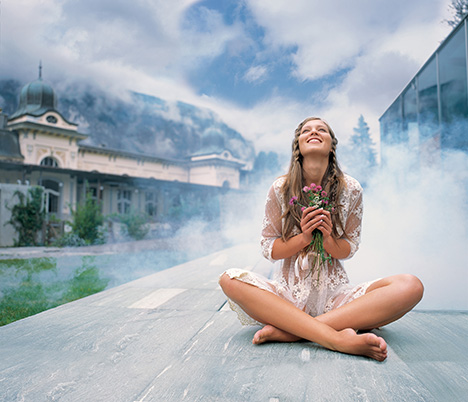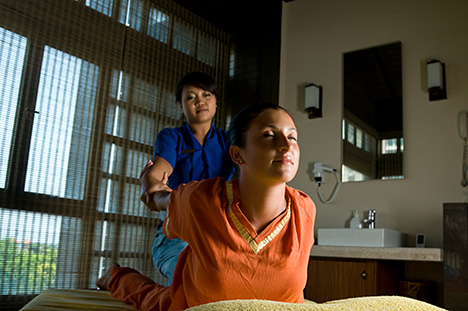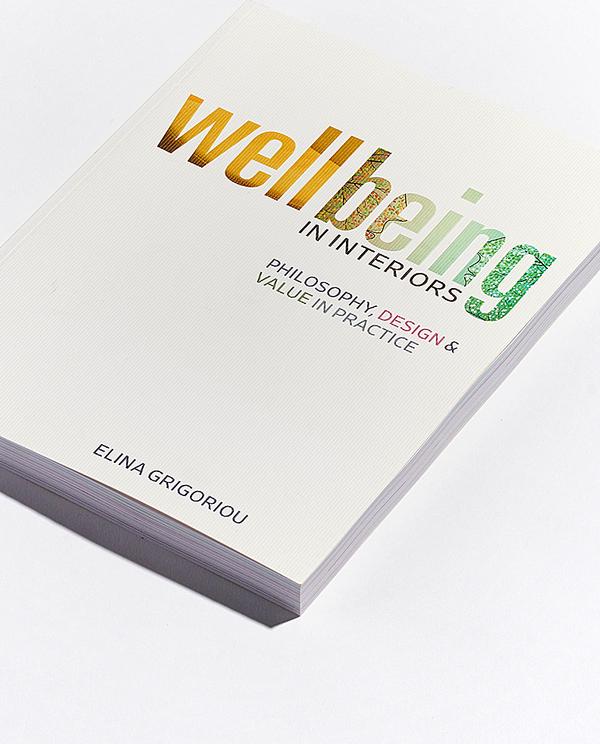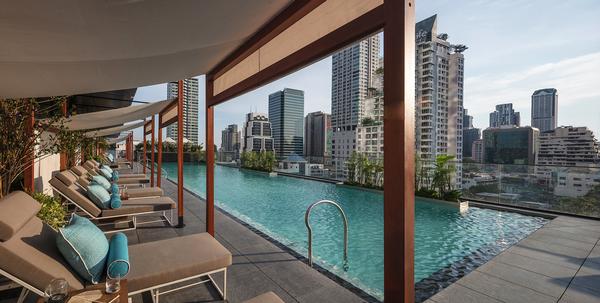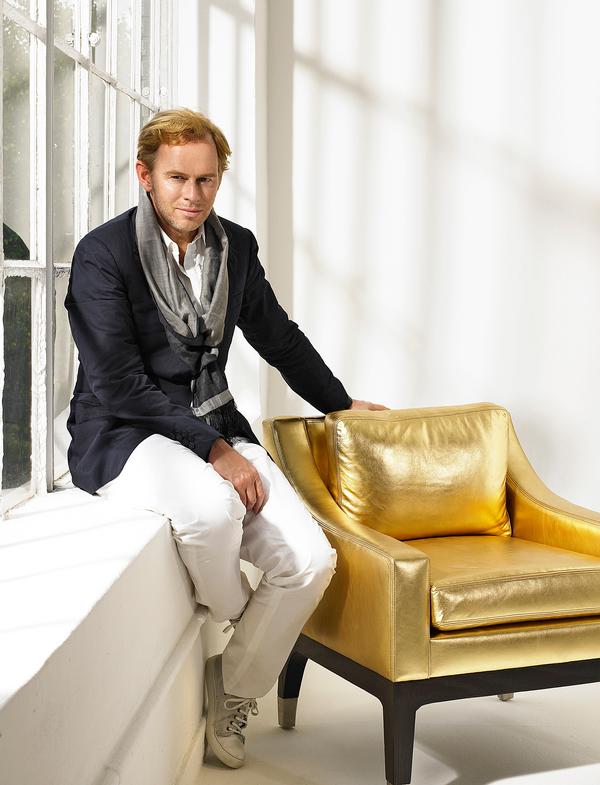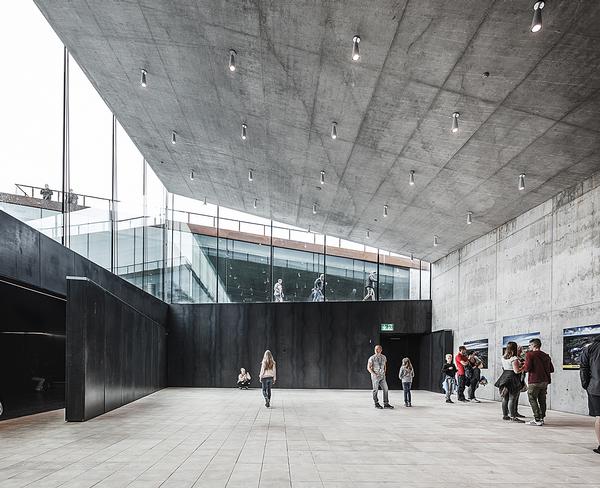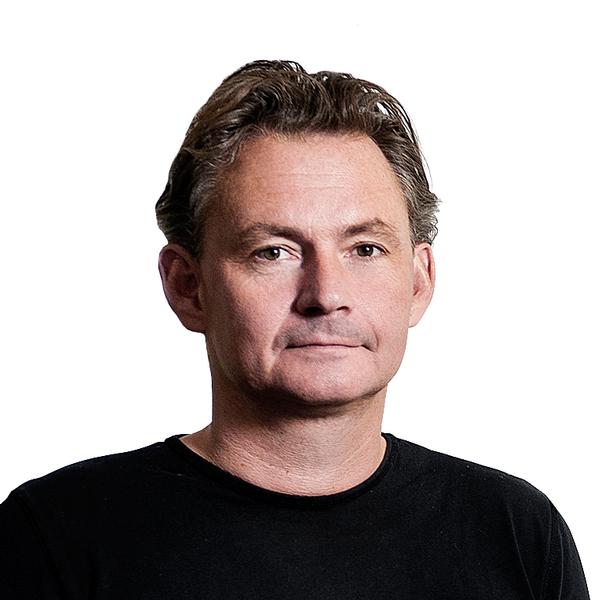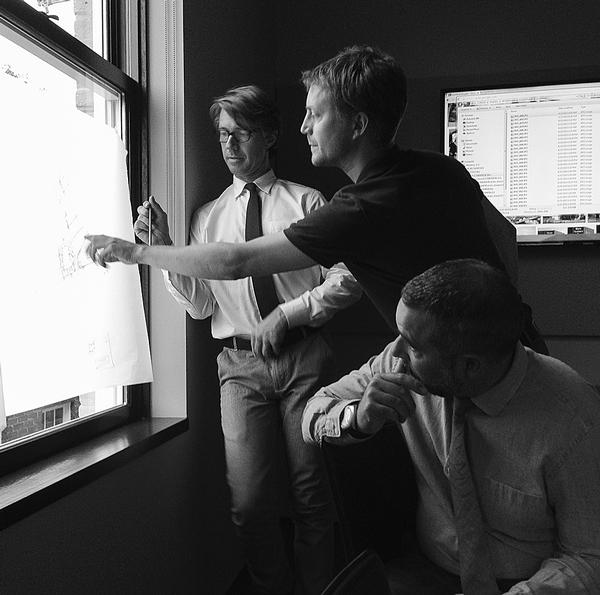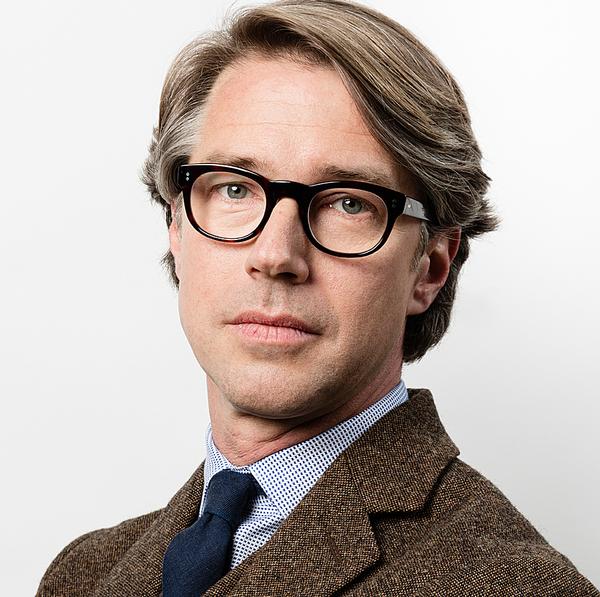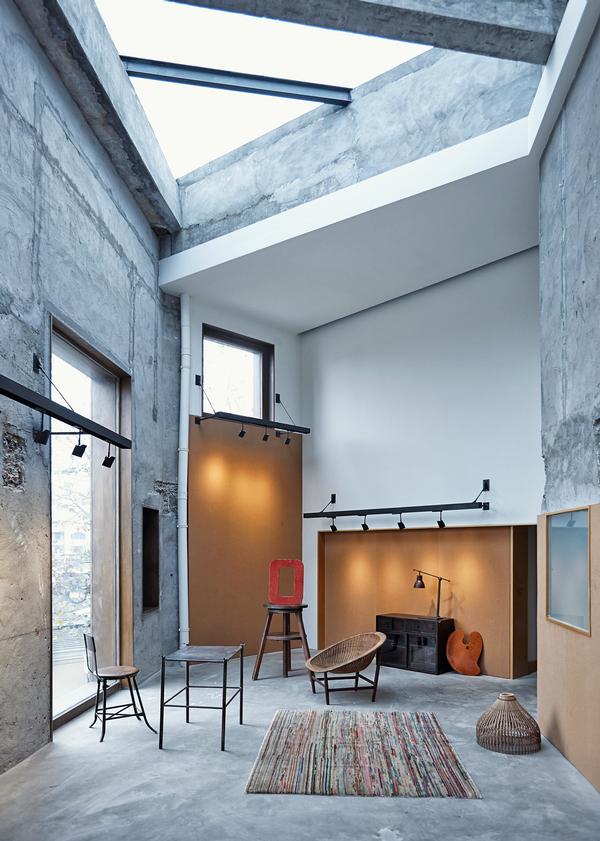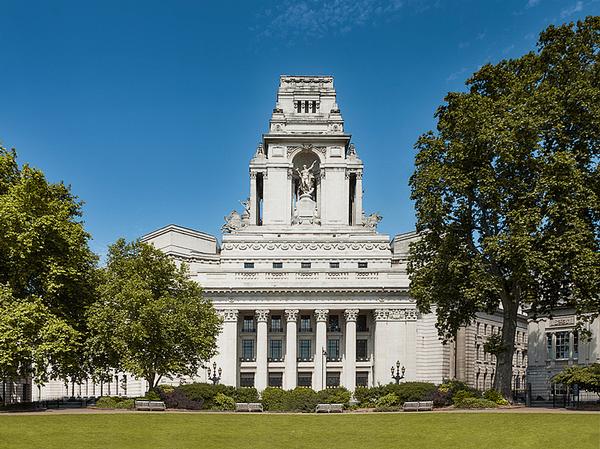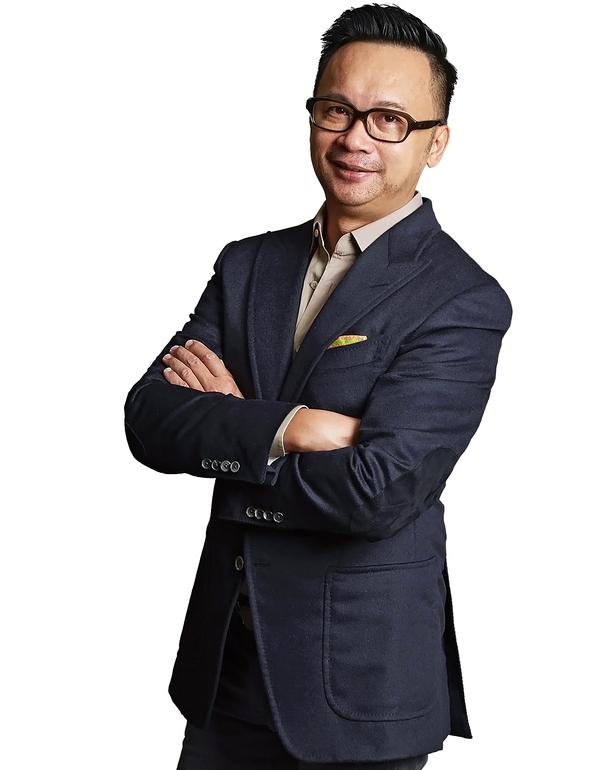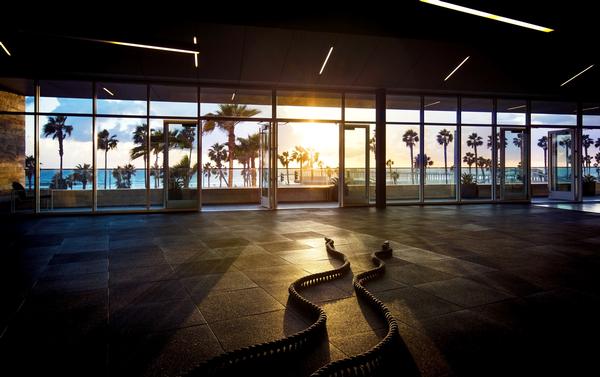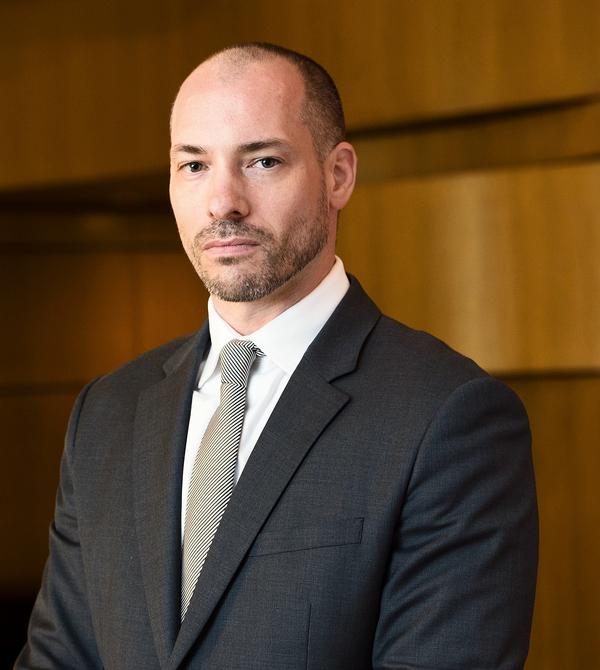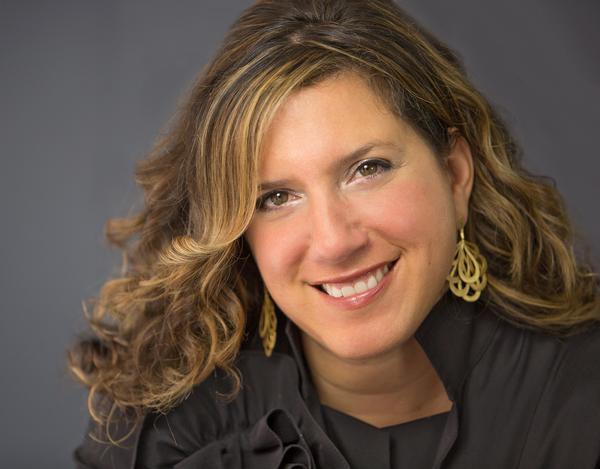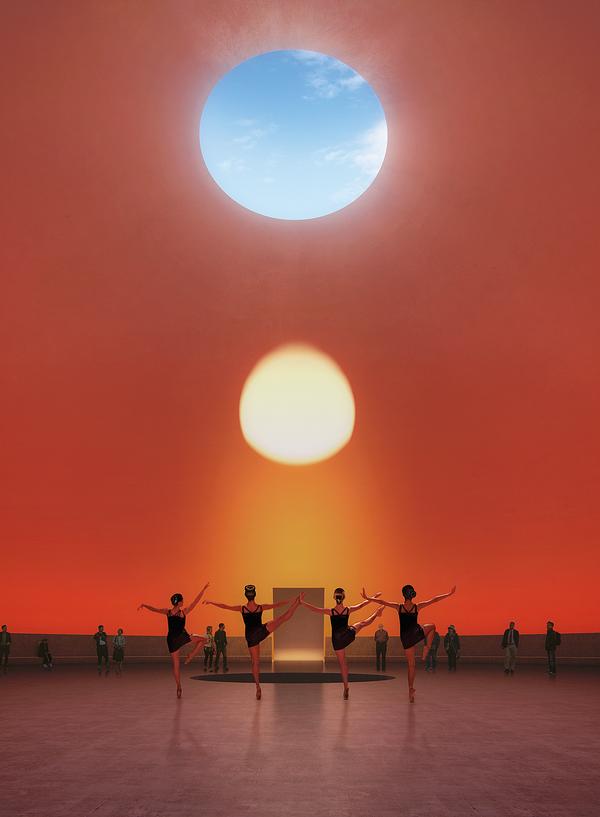Industry insights
The Time is Now
Susie Ellis tells the industry why its focus should be on wellness tourism not medical tourism and that now is the time to make the distinction and act on it
After many years of research, countless discussions with industry stakeholders and extensive travel to experience first-hand how things are developing, I’ve come to an unwavering conclusion: wellness tourism and medical tourism are very different, and must be conceived of, acted upon and promoted as totally separate categories.
We as a spa industry need to take action now: we need to clearly define the distinctions between medical tourism and wellness tourism – and we need to embrace the fact that our massive opportunities lie naturally with the latter, while we still encourage cooperation between both. The time is now for the consumer, spa industry, wider travel industry and the medical world to all get clear on the distinction, and then embrace our unique directions with one voice.
Category confusion
One of the key issues holding back wellness tourism is category confusion. As the 2011 research Wellness Tourism and Medical Tourism: Where do Spas Fit? commissioned by the Global Spa and Wellness Summit (GSWS) put it: “The terms medical tourism and wellness tourism are defined and applied inconsistently around the world, and this causes confusion for the industry, consumers, and governments.”
Table 1 outlines some clear definitions between medical and wellness tourism and tourists. Interestingly, Keith Pollard, managing director of the web-based healthcare publishing company Intuition Communication Ltd, has astutely pointed out that medical tourists aren’t really tourists at all. They’re travellers seeking medical treatment elsewhere, but they’re not typically seeking vacations and travel experiences that will help them feel and get healthier.
Who does what best?
Another way to better understand the differences between medical and wellness tourism is to be clear on what each sector does best. A medical establishment’s mission is to provide professional services in a safe, regulated environment, administered by highly trained doctors and staff. Medical tourism involves licenced medical facilities and professionals administering procedures. The process is infinitely more complex, including diagnostics, pre-operative and surgical procedures and expert aftercare. Rules and regulations abound.
Conversely, the core strength of spas or hotels/resorts offering wellness programming is relaxing experiences and other preventative health offerings like fitness, healthy sleep and food, mind/body therapies, beauty treatments and, often, alternative medicine. Consumers typically seek wellness destinations for their nurturing environments where the core focus is physical, emotional and spiritual rejuvenation. While spa personnel may be credentialed in acupuncture or ayurveda, licenced medical doctors are not routinely part of the equation. It’s hospitality not hospitals, and visitors are clients or guests, not patients.
Medical tourism should be the province of the government’s department of health, while wellness tourism should fall under the ministry of tourism. But both should be considered initiatives for a country’s department of economic development.
And while there are some hybrids – integrative health centres, like hospitals incorporating spa programming, medical spas or hotels delivering medical services through partnerships – they should be primarily classified as either medical or wellness to avoid confusion.
In attempting to clarify these ‘tourisms,’ throwing health tourism – an umbrella term used in medical and wellness tourism – into the mix should be avoided as it re-ignites the confusion for consumers, the media, medical professionals and the spa industry. There are a few instances where health tourism will get ‘grandfathered in’ – most notably in European countries that introduced it to describe destinations based around mineral springs, rest and relaxation, typically also staffed by doctors. Yet the term blurs the wellness tourism concept and it would behove every nation, tourism board, travel agency, medical establishment and spa to avoid using it going forward.
Terminology confusion leading to ultimate clarification is normal when industries evolve. It was only around 2005 that the United Nations finally established standard tourism definitions like domestic, inbound and outbound tourism. Definitions matter: it makes it possible to meaningfully compare national statistics and growth.
What’s essential is that the two highly distinct sectors of wellness tourism and medical tourism stop being bundled together in amorphous marketing jargon.
A growing market
Let’s flip the calendar back three years to when a study by SRI International, Spas and the Global Wellness Market: Synergies & Opportunities found that wellness tourism already represented a US$106bn (€81bn, £68.2bn) global industry – more than double the revenues of the far more discussed and promoted US$50bn (€38.2bn, £32.2bn) medical tourism market. The report noted that “wellness tourism is an idea whose time has come”.
Since then, while too little progress has been made in promoting wellness tourism, the consumer has not stood still. In fact, if wellness tourism simply means the intent to travel to destinations to pursue health and wellbeing, it’s clear the category is not just at a tipping-point – it’s a far vaster category than ever imagined.
With people working harder and more stressed out than before – and chronic disease intensifying – more are deciding they can’t afford the old model of the excessive, exhausting, bad-for-you vacation. They need change and revitalisation. While travelling with the intent to get healthier and feel better may seem too capacious a category to track, EVEN Hotels, the healthy hotel brand announced by the InterContinental Group (IHG) in 2012, has identified a group focused on wellness. “This group is represents about 17 million travellers and 39 per cent of the US travelling public,” said IHG VP Christian Hempell in Hotel Management magazine article last year.
Healthy experiences
Wellness tourism is so mainstream that, as reported in SpaFinder Wellness’ 2013 Trends Forecast, new, wellness-branded hotel chains like IHG’s EVEN or Westin are appearing and serving up accessible, affordable health-focused experiences. And, branded or not, more hotels/resorts are simply infusing far more wellness throughout properties to meet consumer demand – whether it’s in-room yoga gear or centrepiece juice bars rather than centrepiece happy hours.
So, while wellness tourism can sound niche or overly exotic, it needs to be recognised as a powerful, rapidly growing, mainstream consumer force that will just continue to grow the spa market – and shake up where people choose to go, and what they choose to do, on their increasingly precious time off.
In this sense, every country would benefit by promoting their wellness resources – whether natural hot springs, ancient healing traditions or a wealth of practitioners – like they would any other natural resource. And while wellness tourism is the conceptual category you should organise around, every region needs to clearly tell its unique, tangible wellness resource story. India, for example, heavily promotes its rich history of ayurveda, yoga and meditation, while Thailand spotlights its rich tradition of spa and Thai massage and Italy its fango mud.
Significantly, more government tourism departments are now ‘getting’ the wellness tourism opportunity. Spain has made wellness a core focus for its current tourism initiatives. Switzerland has a spa tourism brochure (see SB09/4 p28), while encouraging wellness/spa tourism on its website. Meanwhile in Sweden, the government is spreading the word about Swedish massage, and listing numerous spas on its website where authentic versions of the modality can be experienced.
At the 2013 GSWS, which is to be held in New Delhi in October, a Global Wellness Tourism Congress will take place on the first day, where major public and private sector stakeholders will gather to share their wellness tourism strategies. During this special congress, SRI International will share findings from its new research, The Global Wellness Tourism Impact Study, the first authoritative report benchmarking this category and that will quantify the value of a wellness tourist to a country’s economy both in terms of increasing revenue as well as job creation.
Take action now
So what steps can spas and spa associations take now to help spread the wellness tourism message loud and clear?
- Always communicate these clear and consistent definitions
- Educate national/regional tourism organisations about promoting medical tourism and wellness tourism separately
- Encourage them to start promoting their wellness resources in their mainstream campaigns
- Encourage a cooperative, collaborative spirit between medical and wellness tourism and recommend one to the other
- Market to domestic, intraregional and international medical tourists and wellness tourists
- Tell your story: promote your authentic, indigenous, signature offerings
- Package/promote total experiences: wrap up spa offerings with other wellness experiences like fitness, nature and healthy cuisine
- Expand data collection efforts on wellness tourism in general, and for its individual sub categories (the specific reasons for travel)
- People seek results: promote the medical evidence that exists for your spa and region’s unique wellness modalities. Use www.spaevidence.com as a resource.
Wellness tourism and medical tourism are very different and that's a good thing. The bottom line is that we have to catch up with – and inspire – the new wellness-focused traveller. We need to support a global wellness tourism movement, and innovate about how to establish it as an accepted category of travel… like eco-tourism or adventure travel.
It is (and will be) a far larger, more mainstream market than either of those. But first, let’s work together to put category confusion to rest, and start taking concrete action.
Table 1: Definitions and Difference Between Medical Tourism and Wellness Tourism
Medical tourism
Reactive
A medical tourist generally seeks a medical cure or surgical, cosmetic or dental procedures or enhancements
Involves people who travel to a different place to receive treatment for a disease or a condition, or to undergo a cosmetic procedure. They seek lower costs, or higher quality or better or different access to care, than what they could receive at home
Wellness tourism
Proactive
A wellness tourist generally seeks integrated wellness and preventative approaches to improve their health/quality of life
Involves people who travel to a different place to proactively pursue activities that maintain or enhance their personal health and wellbeing, and who are often seeking unique, authentic or location-based experiences/therapies not available at home
ABOUT THE AUTHOR
Susie Ellis is the president of SpaFinder® Wellness, a leading spa and wellness media, marketing and gifting company. She’s also chairman and CEO of the Global Spa & Wellness Summit, which brings together leaders to shape the future of the global wellness industry.
Tel: +1 212 716 1212
Email: [email protected]
Twitter: @susieellis



